How to Start a Sales Conversation Successfully
Casey O'Connor
Successful sales conversations are the key to a healthy and well-converting sales pipeline.
This skill — knowing exactly what to say to a prospect based on where they are in the sales funnel — can impact every stage of the sales process.
In this article, we’ll go over everything you know about how to start a successful sales conversation, including proven examples and things to avoid.
Here’s what we’ll cover:
- What Is a Sales Conversation?
- How to Start a Sales Conversation
- Examples of Sales Conversation Starters
- What Not to Do During a Sales Conversation
- Other Tips to Have an Effective Sales Conversation
- Make Your Sales Conversation Easier with Yesware
What Is a Sales Conversation?
A sales conversation is a dialogue between a potential buyer and a sales rep, with the goal of further persuading them and ultimately convincing them to agree to your offer.
Sales conversations occur at every stage of the sales pipeline. Each stage calls for a different approach. Prospects who are further down the pipeline, for example, can handle sales conversations about money, while newer ones should avoid budget talk in the beginning.
Despite how different each sales conversation can be, many sales reps feel consistently challenged by initiating the process early in the sales pipeline.
There are many ways to start a sales conversation with a new prospect:
- Cold calling or emailing
- Using social selling strategies
- Sending a LinkedIn message
- Advertising a sales video
- Leaving a comment on a blog post or article
The challenge with initiating any of these is to provide the prospect with enough information and trust that they want to learn more, but not too much that you push them away.
The goal of any sales conversation is to build rapport and trust, and move the prospect to the next stage of the sales funnel to ultimately purchase your product. Successful sales conversations are the backbone of a robust pipeline.
How to Start a Sales Conversation
Despite how frequently sales reps are expected to initiate sales conversations, many report feeling uncomfortable with their own ability to do so effectively.
In fact, this skill was the second-largest response in a study that asked sales reps about their biggest challenges in today’s sales process:
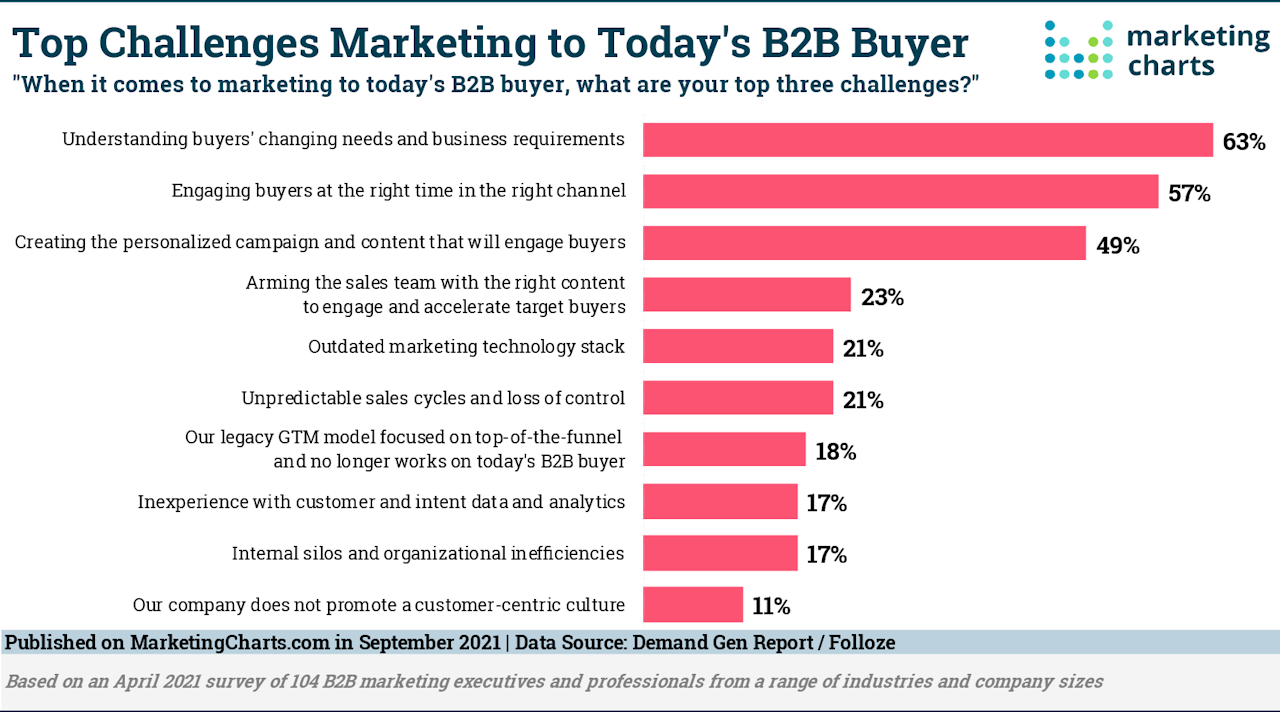
Knowing how, when, and where to start a sales conversation can often make or break the sale. A step-by-step process can help sellers maintain control of the process and ensure a positive and productive outcome.
1. Prepare for the Call
This is arguably the most important step of any sales conversation: make sure you are well-prepared for the sales conversation by researching the prospect ahead of time.
This kind of research can take a number of different forms. Ideally, sales reps will have an ideal customer profile (ICP) and buyer personas accessible for reference. These profiles will help sales reps plan each component of the sales conversation.
 It’s also important to do additional research beyond the ICP and buyer persona. Sales reps should also consult prospects’ LinkedIn or other social media profiles to check out up-to-date professional events that might make for good conversation.
It’s also important to do additional research beyond the ICP and buyer persona. Sales reps should also consult prospects’ LinkedIn or other social media profiles to check out up-to-date professional events that might make for good conversation.
Even a quick Google search can provide a lot of relevant information to help steer a sales conversation. The key here is to find information that helps you differentiate this prospect from others on your list.
Here’s a pre-call research checklist that we designed for your discovery call that’ll help you check all the boxes:
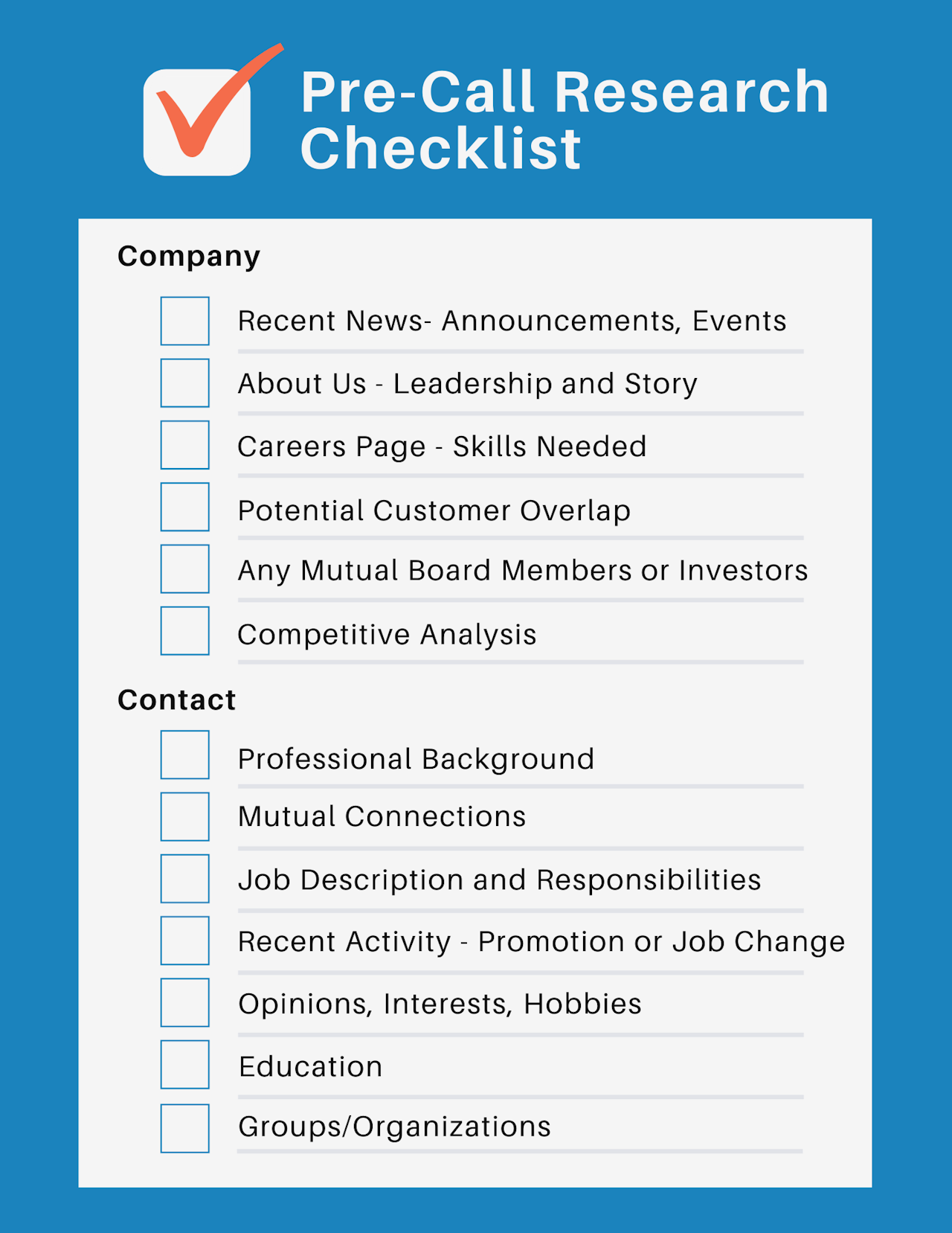
2. Introduce Yourself
Once your research is complete, it’s time to make the call.
First thing’s first: go into each call expecting someone to answer on the other end. While it’s true that some people screen unknown numbers, even a slight hesitation on your end when someone picks up can change the entire tone of the conversation — it’s best to assume each dial will have someone answer.
Once you hear the prospect pick up and greet you, introduce yourself succinctly and in a friendly tone. Name, title, and company usually does the trick.
3. Share Your Credentials
Next, it’s time to put some stock behind your name. Share a little bit about yourself and what you do. Try to stay away from summarizing your company, though, and definitely don’t start talking about the product or offer yet.
4. Personalize Your Rapport
The primary component of the sales conversation begins after your introduction. You can pique the prospect’s interest and earn some trust by making an authentic and relevant remark about something personal or unique to them.
For example, you might let them know that you read their recent LinkedIn post and had a couple of questions. You could congratulate them on a recent achievement. Or, mention a mutual professional connection, if you have one.
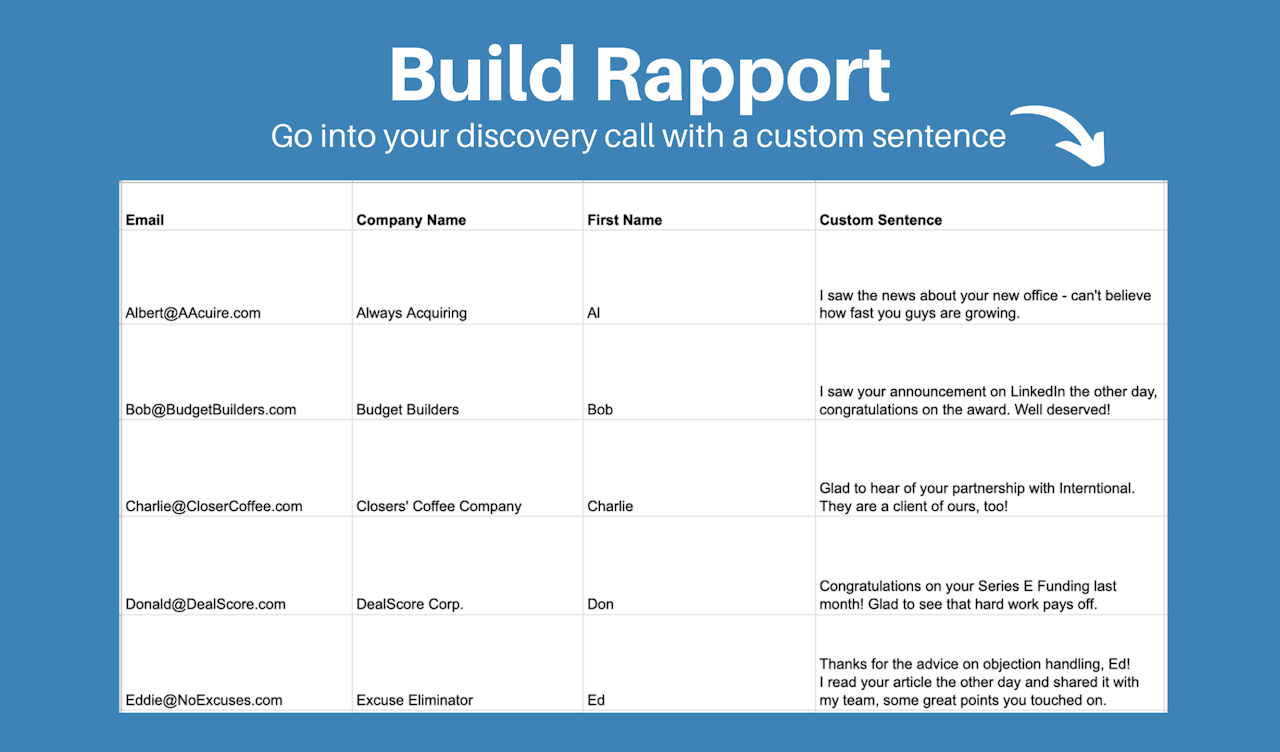
The idea here is to open the sales conversation in a safe and positive way, but that also keeps it moving forward.
Personal connections like “I see you’re in the West Village of Manhattan, my aunt lives there!” might break the ice, but can sometimes make sales reps seem like they’re beating around the bush and wasting time for the sake of getting an “in.”
Tip: Interested in the spreadsheet above? Grab it for free below.
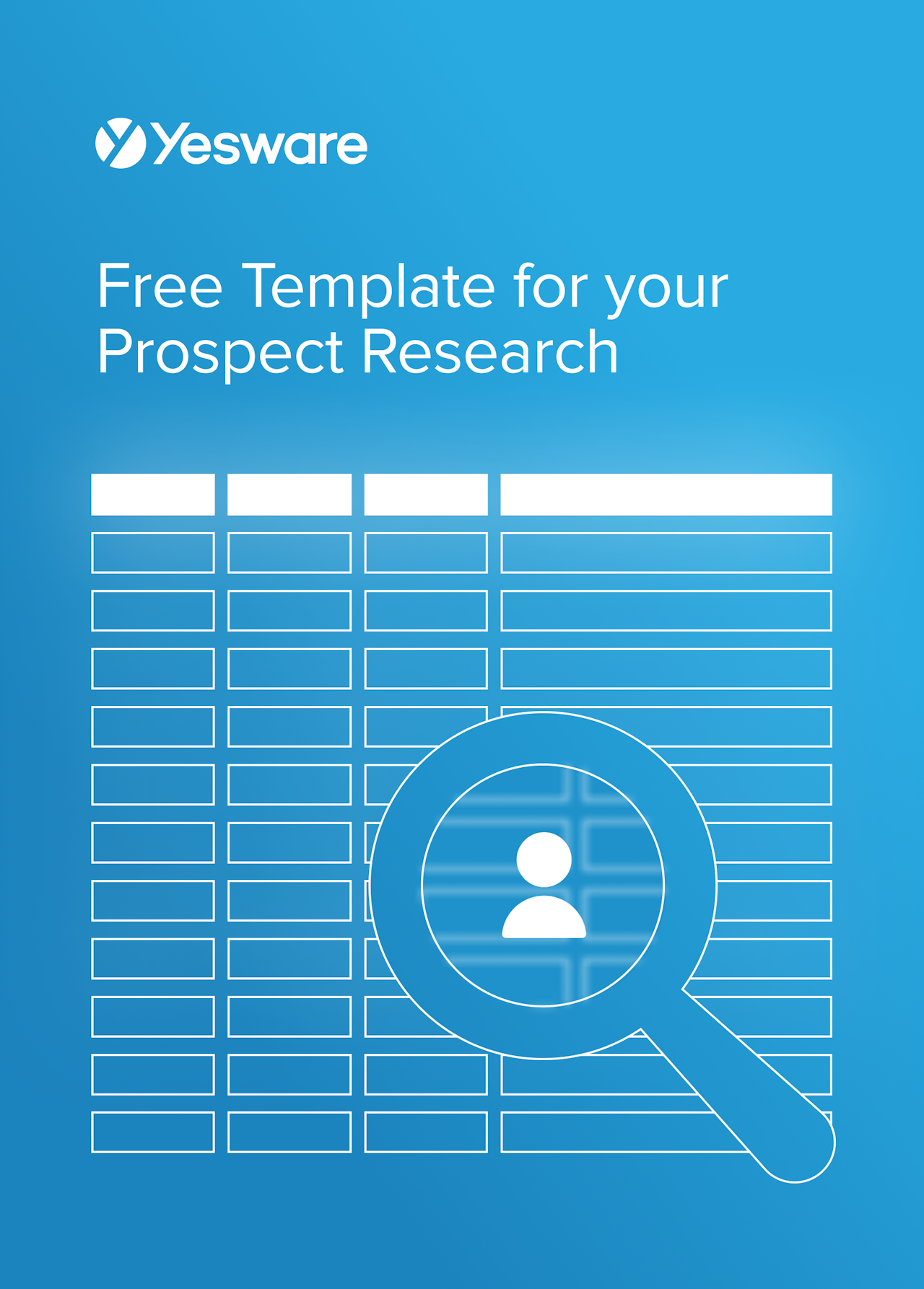 Free Template for Your Prospect ResearchThis customizable template will help you organize all prospect research in one place so you can quickly personalize outreach.
Free Template for Your Prospect ResearchThis customizable template will help you organize all prospect research in one place so you can quickly personalize outreach.
5. State The Value
Avoid the temptation to launch into a monologue about the many product features you think the prospect will love.
Instead, share a snippet of the benefits the prospect will enjoy if they agree to your offer. Better yet, talk about the outcomes of those benefits to really drive your point home. Paint the picture of what their new reality could look like if they use your product.
In other words, make the value of your offer irresistibly and succinctly clear.
6. Convert
Most introductory sales conversations are short — you’re not meant to give your entire pitch on the call. The first 5 steps will move quickly.
From there, it’s important to be ready to convert the prospect to the next stage. In reality, the only thing you really need to get them to agree to is hopping on another call — but the next one should be scheduled.
Without being pushy, try offering them two times that work for you and let them choose: “I’m free next Tuesday at 9:30am or 1:00pm — which works better for you?”
You don’t need them to say yes to the whole deal — just the next call. Of course, if the prospect is eager to move forward, it’s okay to schedule a proper meeting or something more formal. But you can show that you respect the prospect’s time by saving the real conversation for a time when they’re not caught off guard or distracted.
Tip: To avoid the back-and-forth, after your call ends, send them a live meeting scheduler link to schedule your next meeting.
Examples of Sales Conversation Starters
There is no one right or wrong way to start a sales conversation. Ultimately, the best opening line(s) will be determined by the seller’s personality, and what’s likely to resonate most with the prospect.
After you’ve introduced yourself and given your credentials, try any of the following lines to start your sales conversation:
- In my research, I noticed that [prospect’s company] does [insert work], am I understanding that correctly?
- Can you tell me more about your company’s plans and goals for the coming year?
- Your name/company came up on my radar because I work with similar companies like [X and Y]. We’ve helped them [Achievement/Outcome #1] and [Achievement/Outcome #2].
- How long have you been the [Prospect’s role] at [Prospect’s company]?
- What does a typical day look like as a [Prospect’s role] at [Prospect’s company]?
- I’ve never heard of [Fact, concept, or idea relevant to prospect’s role], can you tell me more about how that works?
- [Mutual connection] suggested I call, she and I met at the [Relevant industry event] last year.
You’ll notice that many of these conversation openers are questions. This can be a very effective strategy if you can frame the query in such a way that demonstrates you’ve done your research. Plus, research shows that people who ask more questions are more likable — this strategy can go a long way in building rapport!
Questions are so effective because a) they show the prospect that you’re genuinely interested in knowing more about them, and b) give sales reps a great opportunity to know more about the prospect directly from them.
What Not to Do During a Sales Conversation
While there are virtually limitless ways for sales professionals to start a conversation, there are also a handful of ways that can risk losing the opportunity before it even begins.
Don’t Recite From a Script
There’s a fine line between being prepared with a step-by-step sales conversation strategy, and reciting your opening like you’re reading it from a paper in front of you.
It’s important to have a general framework around what you’re going to say, but it’s also crucial that you sound natural and unrehearsed. Reading from a script will make you sound unapproachable, and like you don’t truly care about the prospect or their unique needs.
Don’t Ask Yes or No Questions
There’s no faster way to stop a sales conversation short than with easy-to-answer “yes or no” questions.
Instead, try generating a short list of open-ended sales questions that might be relevant during the introductory conversation.
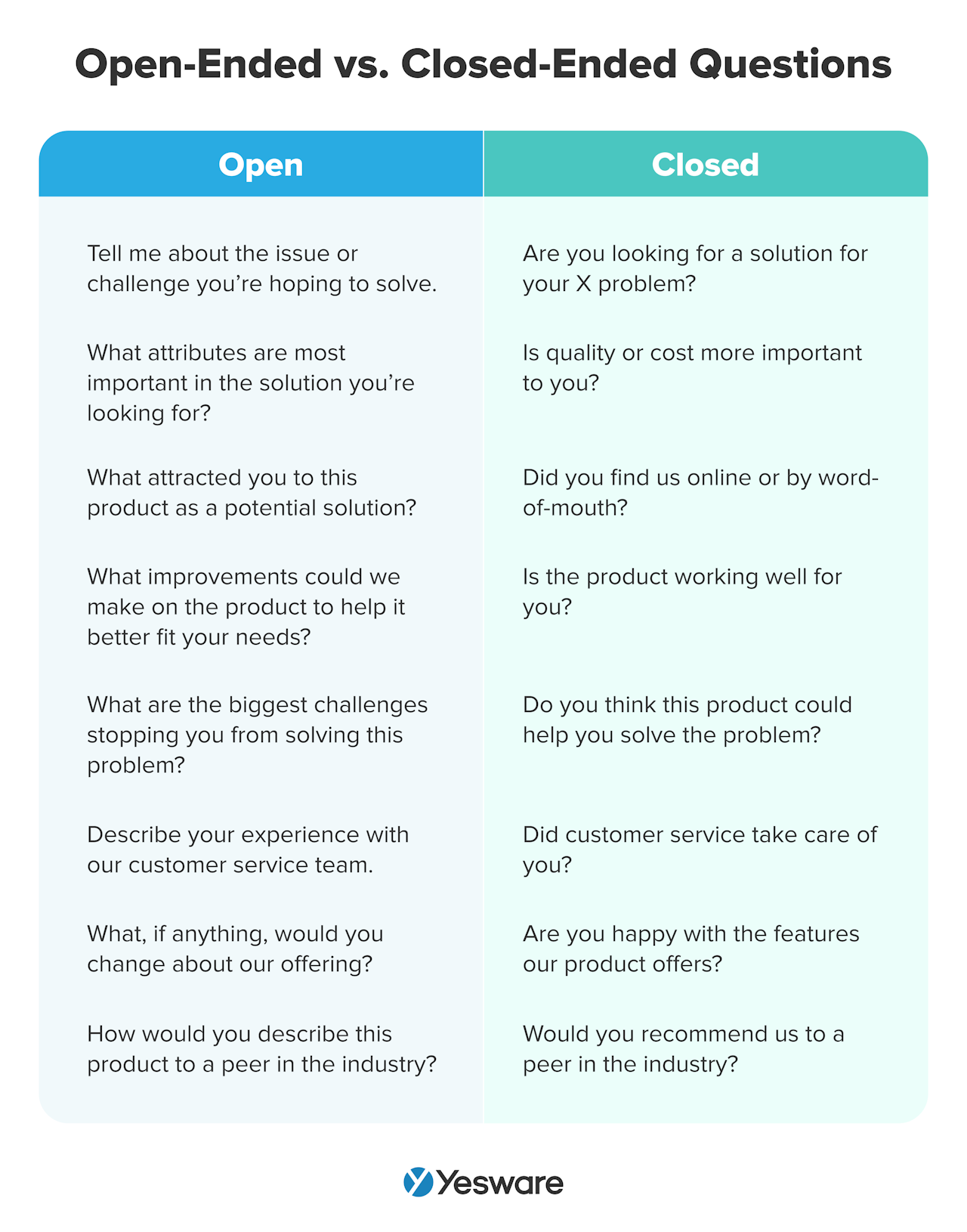 Open-ended questions encourage prospects to open up about their pain points and needs.
Open-ended questions encourage prospects to open up about their pain points and needs.
Never Start With a Sales Pitch
The first sales conversation is decidedly not the place for full-blown sales pitches.
No matter how well the first call goes, avoid the temptation to dive into your official presentation. Even the most receptive of prospects will appreciate you respecting their time with a scheduled call to talk details.
Don’t Lie or Exaggerate
Any good salesperson knows that not every prospect is a good fit.
Don’t spend all of your time trying to convince the prospect that your product is perfect for them, or that it will completely solve all of their problems. It’s okay to be enthusiastic, but also make sure you’re realistic and upfront.
Other Tips to Have an Effective Sales Conversation
Here are a few other general tips to help you execute successful sales conversations at any stage of the pipeline.
Build Rapport
No matter the professional goal of the sales conversation in which you’re participating, each one should ultimately help you build rapport and earn trust from the prospect. Never put the sales goal ahead of the relationship.
Tip: Here are 10 ways to build rapport on a sales call.
Listen More Than You Talk
Research shows that top-performing sales reps talk for only 46% of sales calls, while lower-performing reps talk for 68 – 72% of the time.
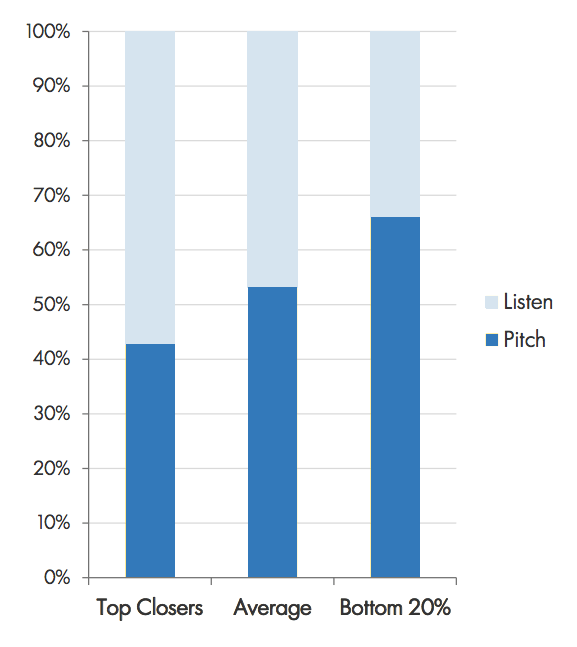
Be curious about the prospect. Ask them questions that give them the opportunity to open up and share their challenges and dreams.
When you do talk, make sure you’re offering value. The conversation should be prospect-focused and centered around the outcomes they’ll experience if they move forward with your offer.
Tell a Story
Humans are wired to connect with each other — not products or companies. One reliable and easy way to generate that connection is through storytelling.
Listening to a story has many effects on the human brain:
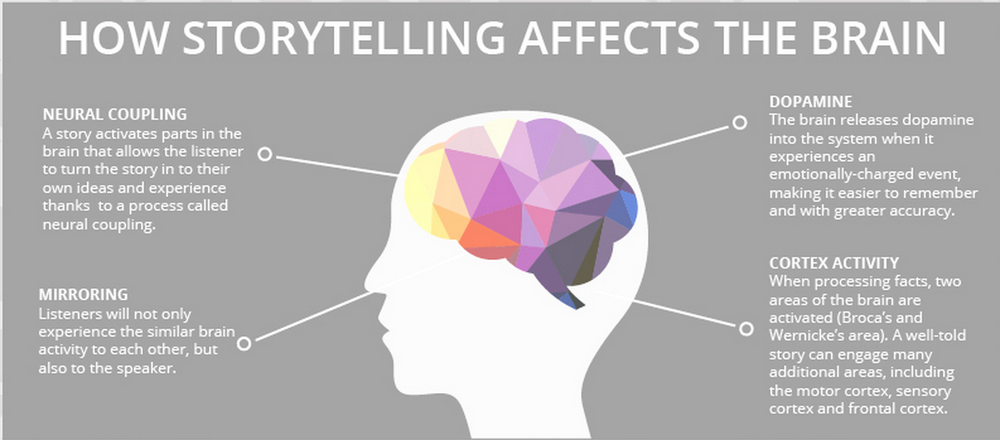
This strategy creates an instant connection with prospects and literally primes their brains to engage with you agreeably.
Leveraging stories in sales conversations also allows sales reps to present compelling social proof about similar clients who have found success with your product.
Know When to Walk Away
It’s important that sales reps be able to read the tone of voice and mood within a sales conversation. Active listening skills can be really helpful in this regard.
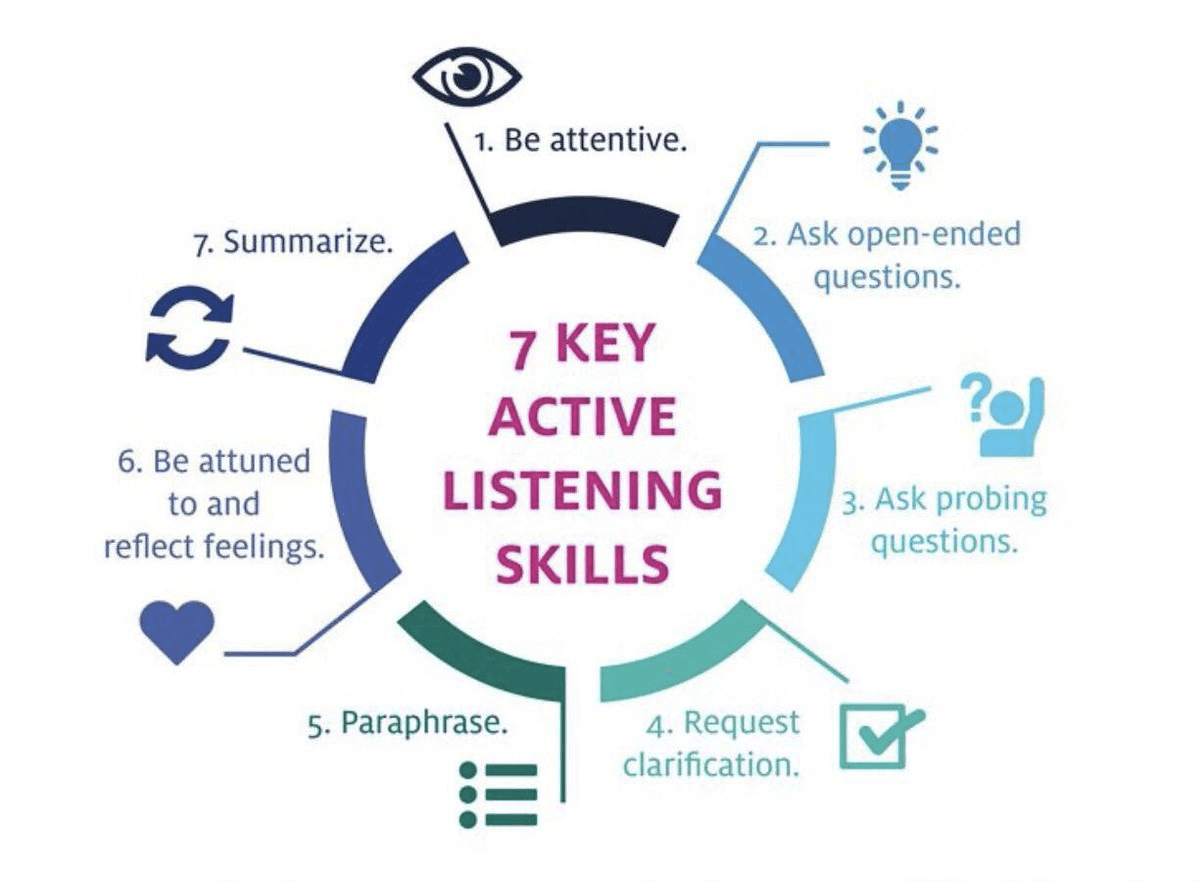
If you can tell that it’s a really bad time for the prospect — or, in some cases, that there may never be a good time — it’s okay to quit while you’re ahead. Don’t push through a sales conversation that’s clearly going poorly just for the sake of it.
Make Your Sales Conversation Easier with Yesware
All sales conversations are easier with readily-available data. Sales engagement platforms like Yesware help sales reps stay up-to-speed with all of their prospects, no matter which stage they’re at within the pipeline.
Yesware integrates with Salesforce and presents customer data directly in your inbox, providing sellers with up-to-date contact info right at their fingertips for easy reference during sale conversations.
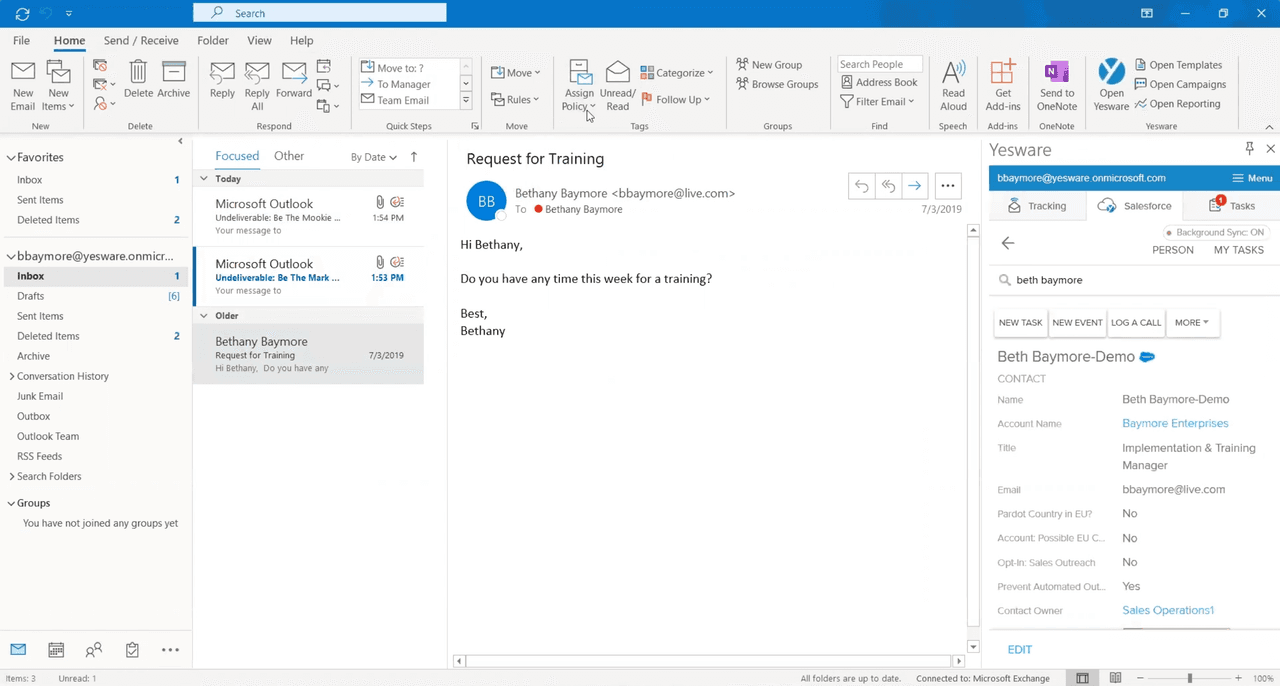
Updates can also be added in the same window once sales conversations are complete.
Yesware’s email tracking capabilities also allow sellers to time their sales conversations perfectly.
![]()
Sales reps can plan their calls around exactly when and how prospects interact with their outreach.
The timing aspect cannot be understated; sales reps that reach out immediately after engagement with sales collateral are most likely to win the deal. In fact, reps that reach out within the first minute of engagement improve their chances of conversion by nearly 400%.
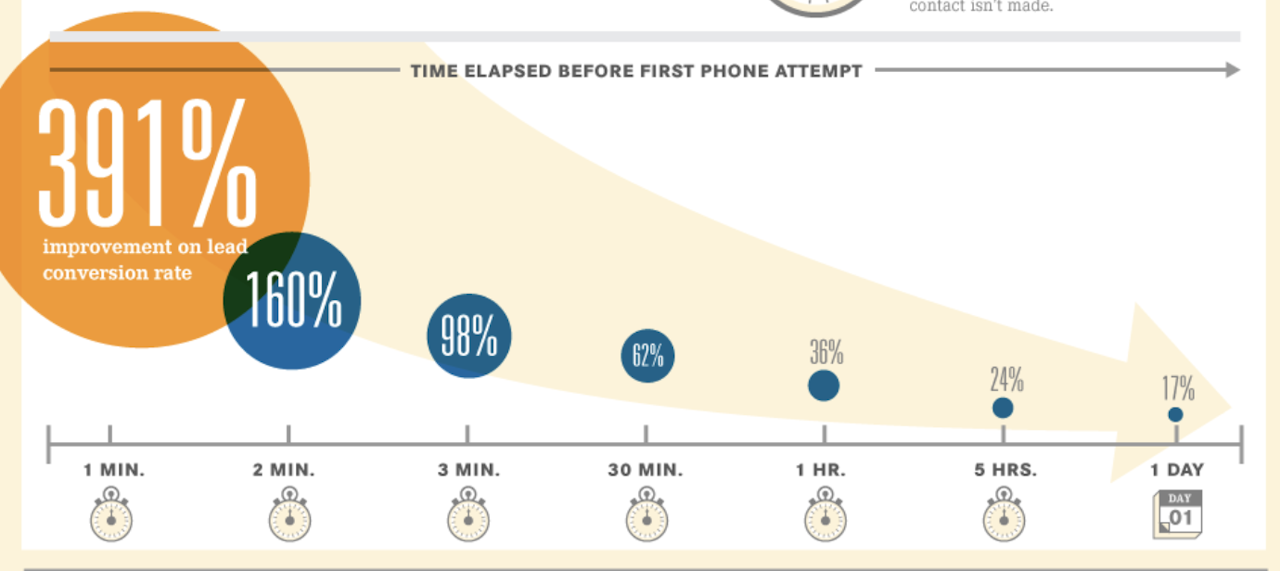
Yesware makes engagement data immediately available with real-time alerts so salespeople can capitalize on prospects’ readiness.
![]()
Do you feel skilled at starting sales conversations? What are some of the most effective strategies you’ve found? How do you tweak your approach based on the sales pipeline stage?
Get sales tips and strategies delivered straight to your inbox.
Yesware will help you generate more sales right from your inbox. Try our Outlook add-on or Gmail Chrome extension for free, forever!
Related Articles
Casey O'Connor
Casey O'Connor
Casey O'Connor
Sales, deal management, and communication tips for your inbox

